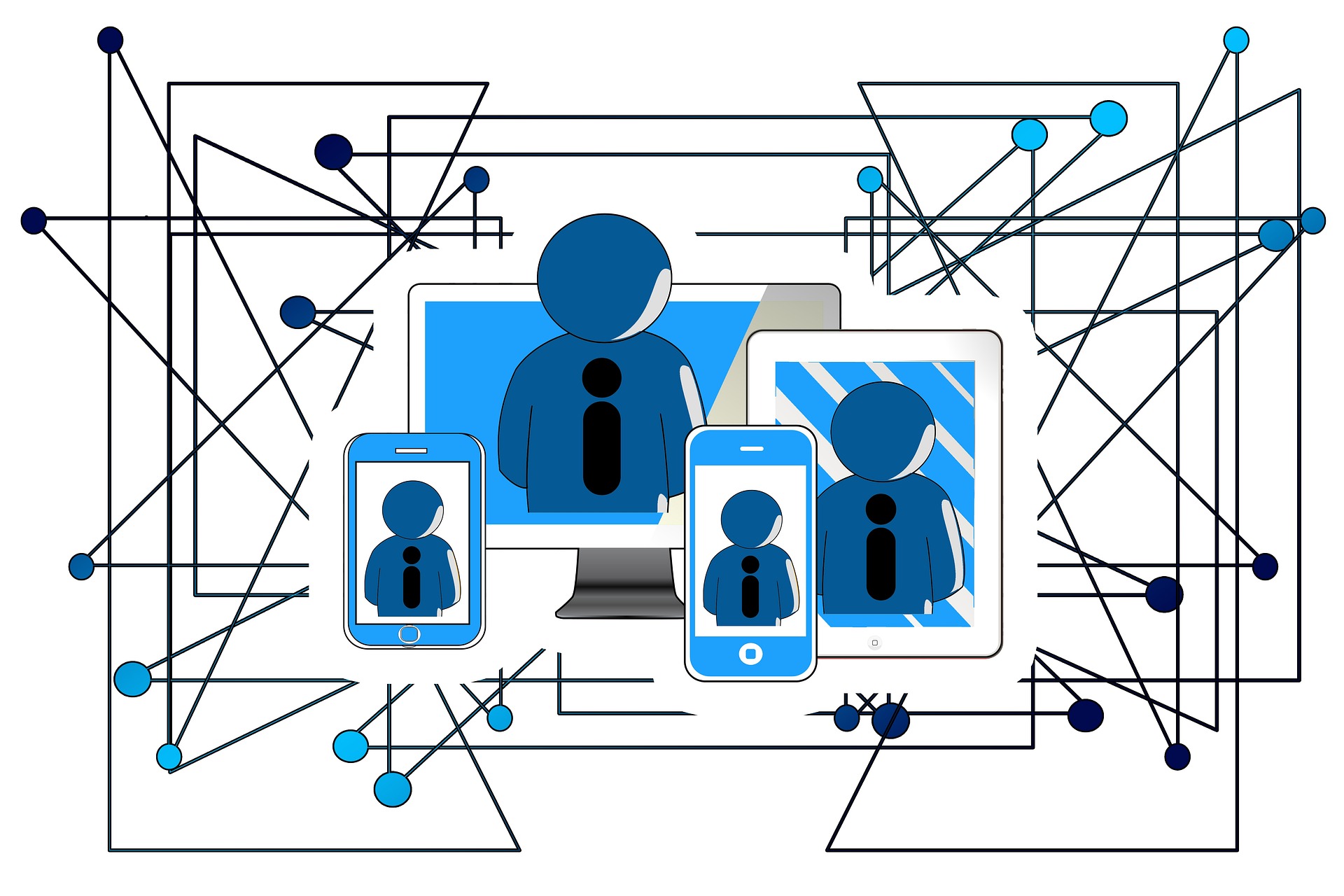Neo-Tribalism in the Digital Age
In a world of ever-expanding digital connections, a curious phenomenon is taking root: neo-tribalism. This modern twist on ancient social structures is reshaping how we form communities, express identity, and navigate an increasingly complex social landscape. Read below to explore how digital platforms are giving rise to new forms of tribal affiliations and what this means for our collective future.

The Roots of Digital Tribalism
The seeds of digital tribalism were planted with the rise of internet forums and chat rooms in the 1990s. These early online spaces allowed people with niche interests to connect, laying the groundwork for more complex digital communities. As social media platforms proliferated in the 2000s, the ability to form and join online groups became increasingly sophisticated. Today, algorithms and targeted content delivery systems have supercharged our capacity to find and engage with like-minded individuals, accelerating the formation of digital tribes.
Characteristics of Modern Tribes
Digital tribes often exhibit distinct characteristics that set them apart from traditional social groups. They tend to be fluid, with members easily joining or leaving based on shifting interests. These tribes frequently develop their own language, symbols, and cultural norms, creating a sense of shared identity among members. Unlike geographically-bound communities, digital tribes can span the globe, bringing together individuals from diverse backgrounds united by a common passion or worldview.
The Double-Edged Sword of Belonging
The rise of neo-tribalism offers both benefits and challenges to individuals and society at large. On the positive side, these digital communities provide a sense of belonging and support, particularly for those who may feel marginalized or misunderstood in their physical communities. They can foster creativity, knowledge-sharing, and collective action around shared goals. However, the echo chamber effect of these tribes can also reinforce existing biases, limit exposure to diverse perspectives, and potentially contribute to social fragmentation.
Identity Formation in the Digital Tribal Landscape
As individuals increasingly define themselves through their online tribal affiliations, the process of identity formation is evolving. People now have the opportunity to explore and express multiple facets of their identity across different digital tribes. This fluidity can lead to a more nuanced understanding of self, but it also raises questions about authenticity and the potential for identity fragmentation. Sociologists are studying how these shifting identities impact personal development and social interactions both online and offline.
The Impact on Social Structures and Institutions
The proliferation of digital tribes is challenging traditional social structures and institutions. As people find community and support online, the role of local community organizations, religious institutions, and even family structures may be shifting. Political movements and consumer behavior are increasingly shaped by digital tribal affiliations, forcing businesses and governments to adapt their strategies for engagement and influence. This realignment of social power dynamics has far-reaching implications for how societies organize and function.
Navigating the New Tribal Landscape
As neo-tribalism continues to shape our social world, individuals and organizations must learn to navigate this new landscape. Developing digital literacy and critical thinking skills becomes crucial for engaging with online communities in a healthy and productive manner. For businesses and institutions, understanding the dynamics of digital tribes is essential for effective communication and relationship-building. Policymakers face the challenge of balancing the benefits of online community formation with the need to maintain social cohesion and address potential negative consequences.
The Future of Human Connection
The emergence of neo-tribalism in the digital age represents a fundamental shift in how humans connect and form communities. As technology continues to evolve, we can expect these tribal dynamics to become even more complex and influential. Virtual and augmented reality technologies may soon allow for more immersive tribal experiences, blurring the lines between digital and physical social interactions. The long-term impacts of this shift on human psychology, social structures, and global cooperation remain to be seen, making this an critical area for ongoing research and discussion.
As we move further into the digital age, the phenomenon of neo-tribalism will undoubtedly play a significant role in shaping our social landscape. By understanding and thoughtfully engaging with these new forms of community, we have the opportunity to harness their potential for positive change while mitigating potential downsides. The challenge lies in striking a balance between the benefits of tribal belonging and the need for broader social cohesion in an increasingly interconnected world.





